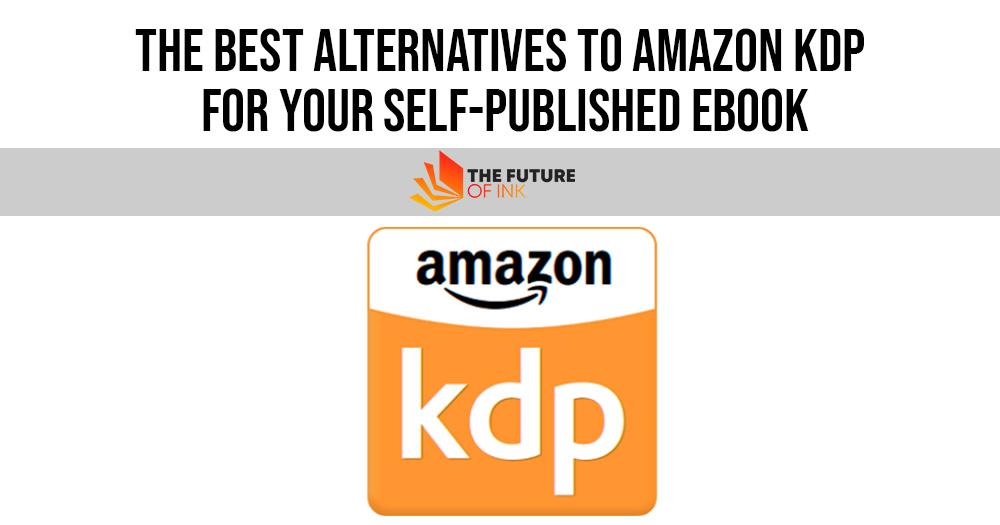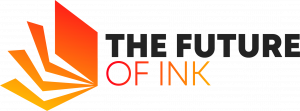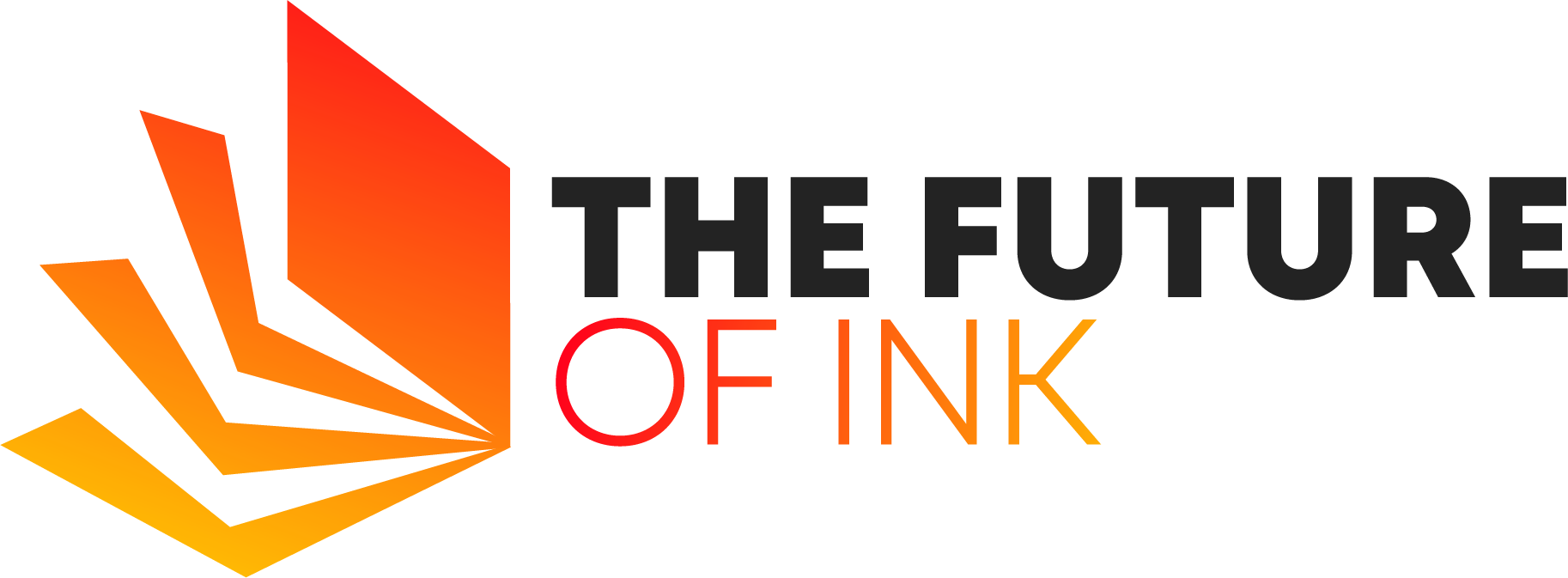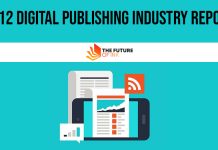Amazon KDP (Kindle Direct Publishing) is far and away from the most popular choice for people looking to sell their ebooks. But just because it’s the most popular, that doesn’t necessarily mean that it’s the best.
While it’s true, amazon KDP is quite easy to use. You don’t need to put any money down, and thanks to Amazon’s wide distribution system, you can be sure that your ebook will be accessible and easy to buy for nearly everyone.
But there are several legitimate reasons why you might not want to use Amazon KDP. Firstly, if you use KDP you cannot sell your book through other platforms. KDP requires an exclusive commitment. You are limited in your possibilities to use your ebook as a promotional tool.
For example, you cannot sell it or give it away on your website. Depending on the price of your ebook, you could be getting a substantially lower cut of the profits than you might on other platforms.
Whatever your reasons are for not wanting to use Amazon KDP to publish your ebook, the good news is that they are not a monopoly.
Whether you are a life coach and would like to sell your book on how to poise yourself for success, or you are a writer with a unique manual on how to become an astronaut, there are several good options on the market for you to choose from.

In this short article, we’ll take a brief look at some of the more popular ebook publishing options available to you. And we’ll provide links to their respective websites.
Contents [hide]
Apple Books simplifies their royalty payout structure (in comparison with Amazon KDP) in that they pay out 70% royalties regardless of the price of the ebook. And there is no limitation on the number of free books you can offer.
This is one of the big differences that separate it from Amazon KDP and can prove to be very important especially if you are using the ebook to drive attention to other activities.
While Apple Books is only available for readers who use Apple devices, it doesn’t have to be the only platform you use to sell your ebooks, but there are many Apple users who are highly loyal to the brand and do all their online shopping through them.
This may help account for the fact that Apple Books currently makes up about 10% of the ebook market.
Also Read: 10 Essential Steps To Take Before Publishing Your Digital Content
Kobo Writing Life (https://www.kobo.com/ww/en/p/writinglife)
If your book falls within the price range of $1.99 and $12.99, Kobo Writing Life will pay out a royalty of 70% in contrast to 45% for any other price.
They have a very wide reach – approximately 190 countries. They are quite user-friendly. It is easy to set up an account a start selling your ebooks with Kobo Writing Life.
Like the other options on this list, Kobo Writing Life provides you with detailed and easy-to-follow analytics of your ebook’s performance right from your dashboard – with notifications if you so choose.
Ingram Spark (https://www.ingramspark.com/)
This is one of the most popular choices for self-published authors, and for good reason. With Ingram Spark, you can explore the whole gambit of publishing options, including print and audiobook formats.
Their reach is global and would mean that your ebook would be available on virtually every platform – Amazon, Apple, Barnes & Noble, etc.
The small downside of going through Ingram Spark is that, unlike many of its competitors, there is an upfront fee to pay each time you upload an ebook to sell.
However, Ingram Spark remains a very good alternative worth considering for authors who plan to explore other publishing options such as print.
It is an especially good platform for life coaches or people who make regular speaking engagements and would like physical copies of their books to sell at live events.
Smashwords (https://www.smashwords.com/about/how_to_publish_on_smashwords)
Smashwords acts as an aggregate of online ebook retailers, from Apple Books, Barnes & Noble, Fnac, and everything in between.
You only earn 60% of the retail price – or 80% when the ebook is sold through their site – but it is easy to use and straightforward to understand.
Unlike other ebook publishers or sellers – most notably Amazon – Smashwords will never engage your readers in any up-selling or cross-promotion. This is a nice departure from other booksellers and can potentially provide a better buying experience for your readers.
Draft2Digital (https://www.draft2digital.com/steps/)
Draft2Digital works very much in the same way as Smashwords. There is no setup fee, and you receive 85% of the price of your ebook. Set up is fast and easy. You don’t even need to properly format your ebook. They accept Word files (.docx and RTF for example).
Then you select the vendors you would like your ebook to be available at. It’s as simple as that. You’re off and running. You can even use Draft2Digital to offer your book for free.
Also Read: Ten Digital Publishing Trends From the Experts
The Bottom Line
Selling books is an excellent way to generate extra income, help to build your brand, or generate brand loyalty.
Selling books is an especially attractive option for anyone with a strong social media presence or who engages in frequent public speaking appearances – this includes teachers, coaches, and trainers.
Publishing and selling books have never been easier. There are a number of good publishers and vendors readily accessible on the market for self-published writers.
While amazon KDP might currently be the most popular, that doesn’t necessarily mean that it is the best option for you and your priorities.




